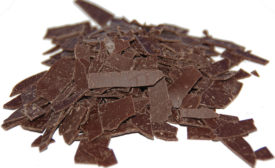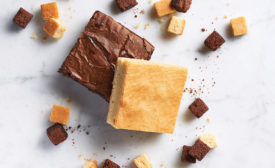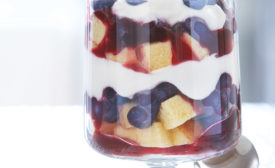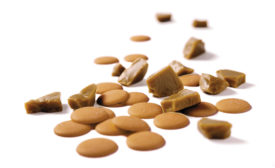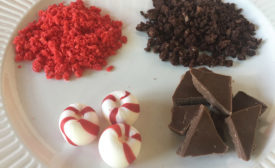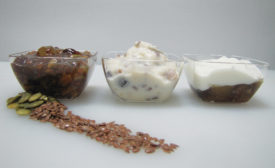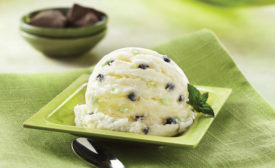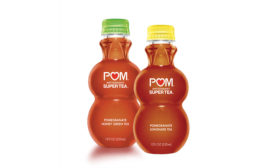Inclusions
Dairy inclusions get indulgent
Boundary-busting inclusions prove that more really is more
February 13, 2019
Opposites attract in the frozen dessert market
Frozen dairy desserts embrace good-for-you indulgence.
December 5, 2018
Imagination nation: Dairy inclusions show off their creativity
Dairy inclusions are adding excitement and flavor to products.
February 8, 2018
Experts give advice on clean-label inclusions for dairy
Milk is clean, but what about those other ingredients in yogurt or ice cream? Is there such a thing as a clean-label nut, chocolate or inclusion? We asked a few experts.
February 10, 2017
Get our new eMagazine delivered to your inbox every month.
Stay in the know on the latest dairy industry trends.
SUBSCRIBE TODAYCopyright ©2024. All Rights Reserved BNP Media.
Design, CMS, Hosting & Web Development :: ePublishing
